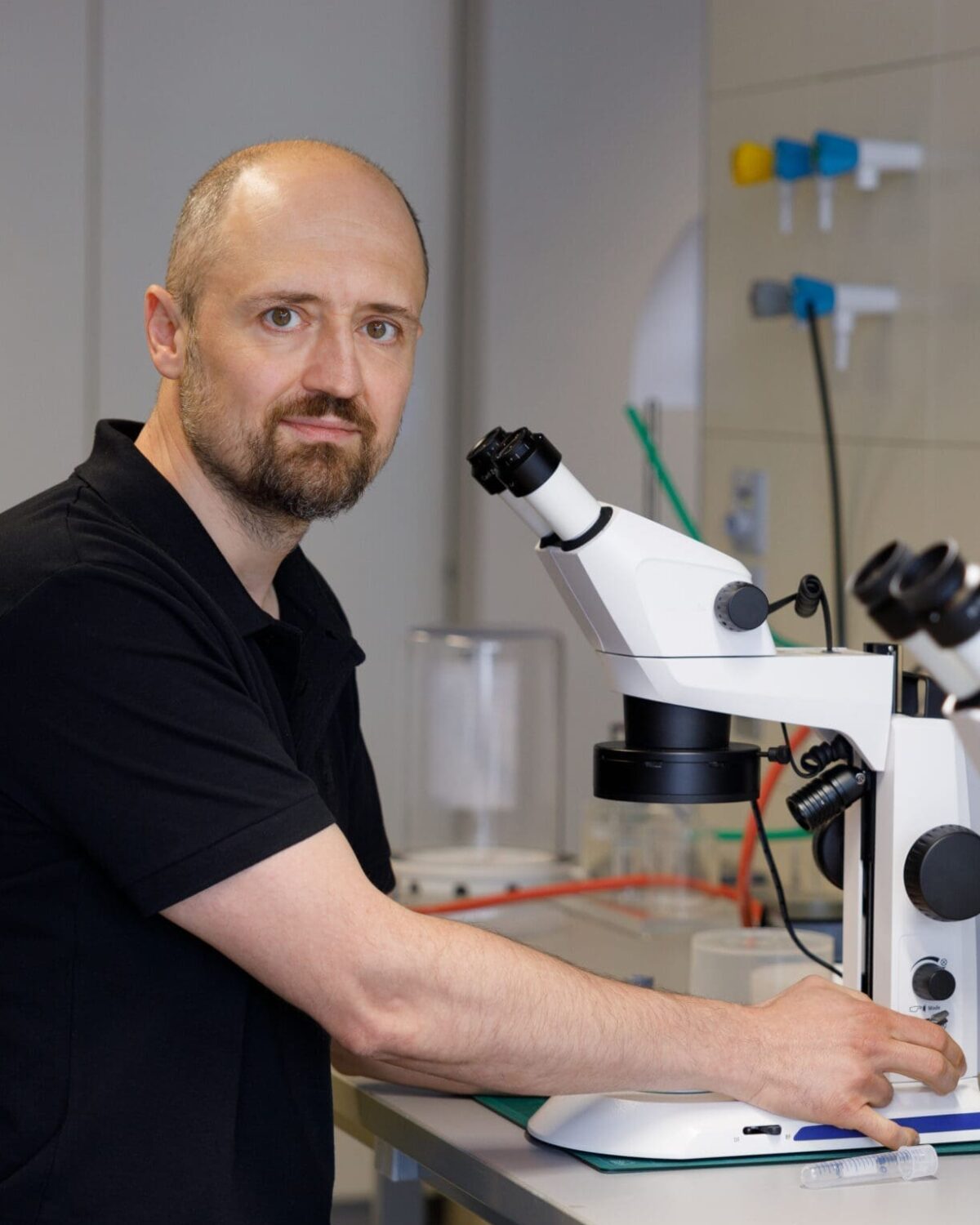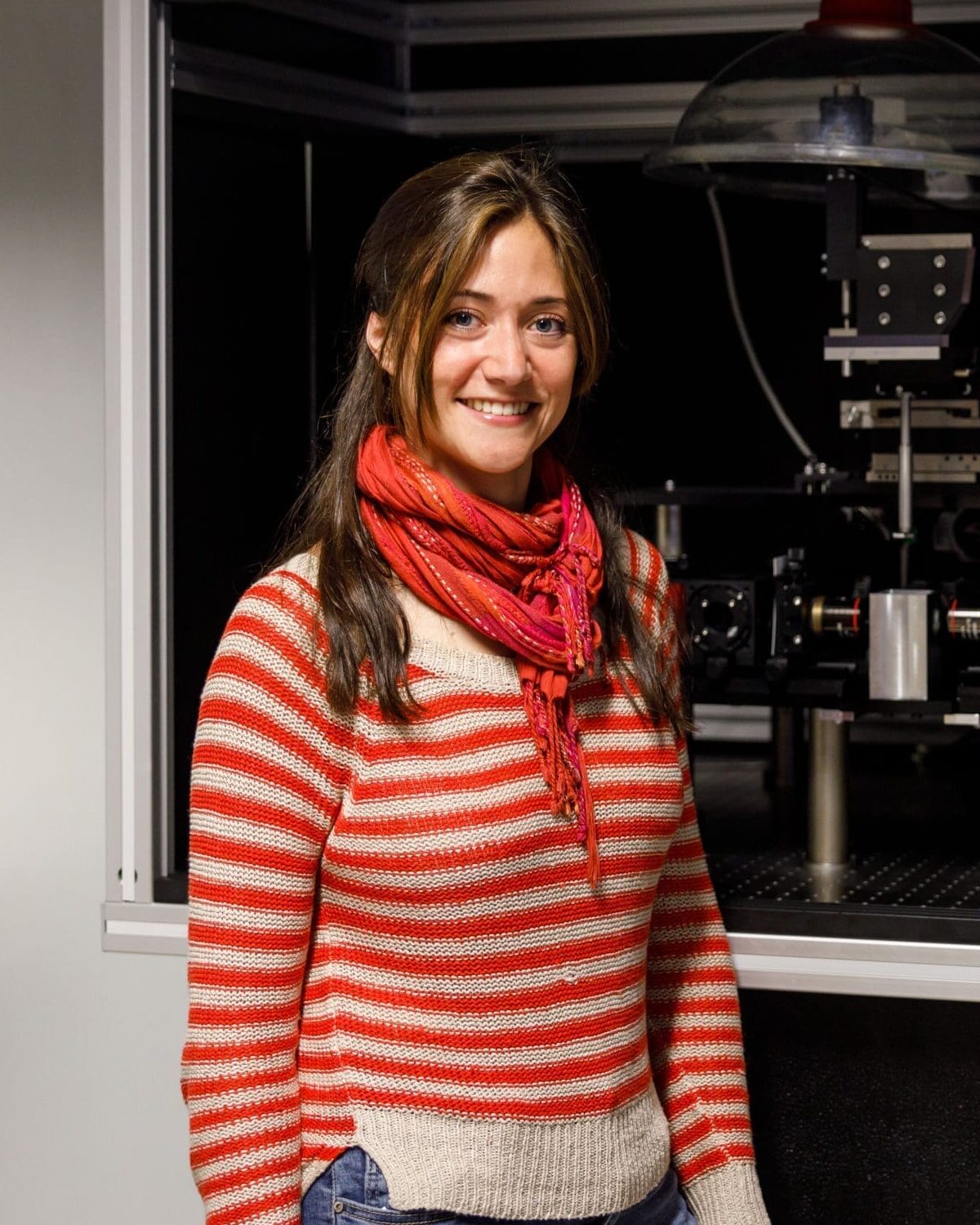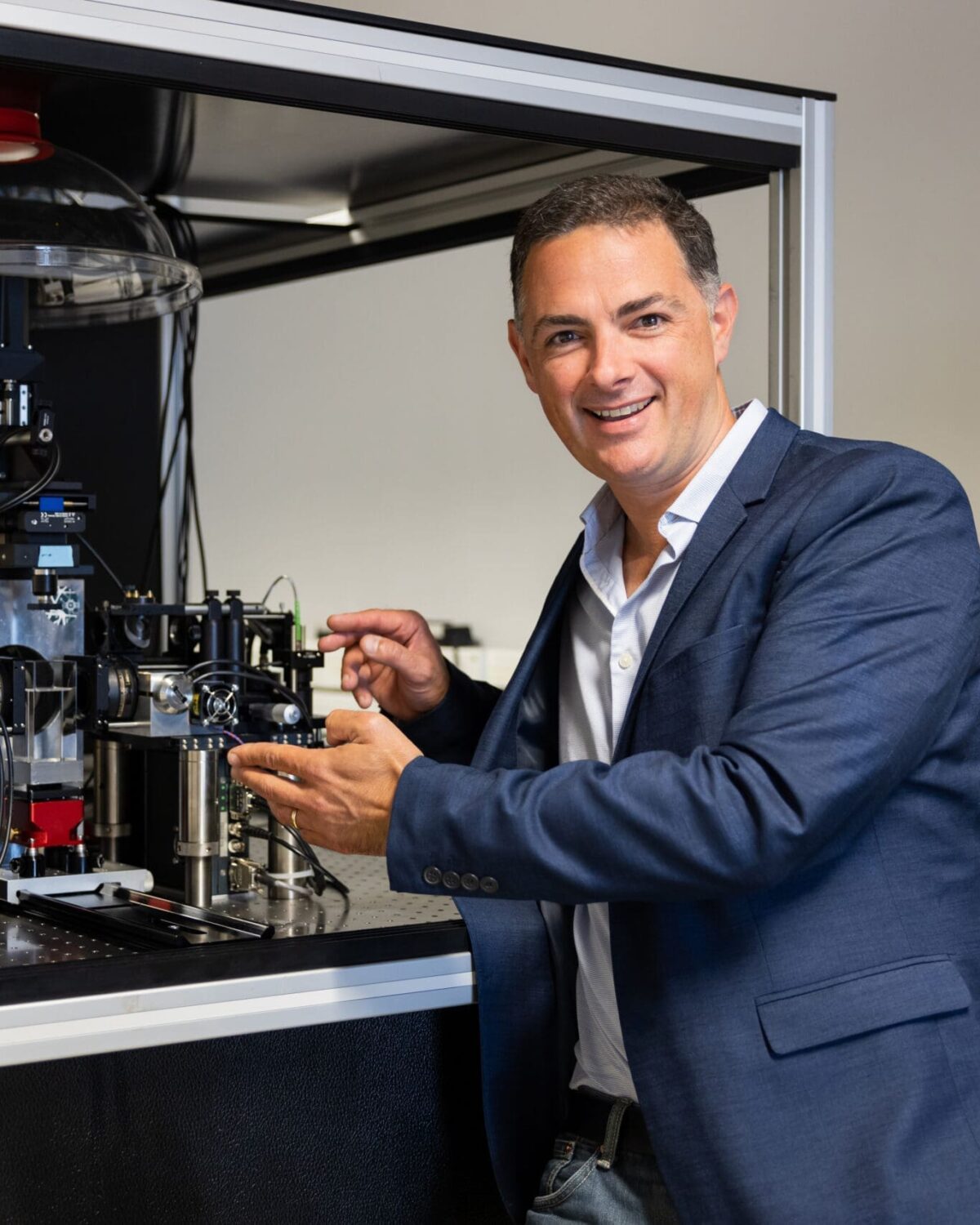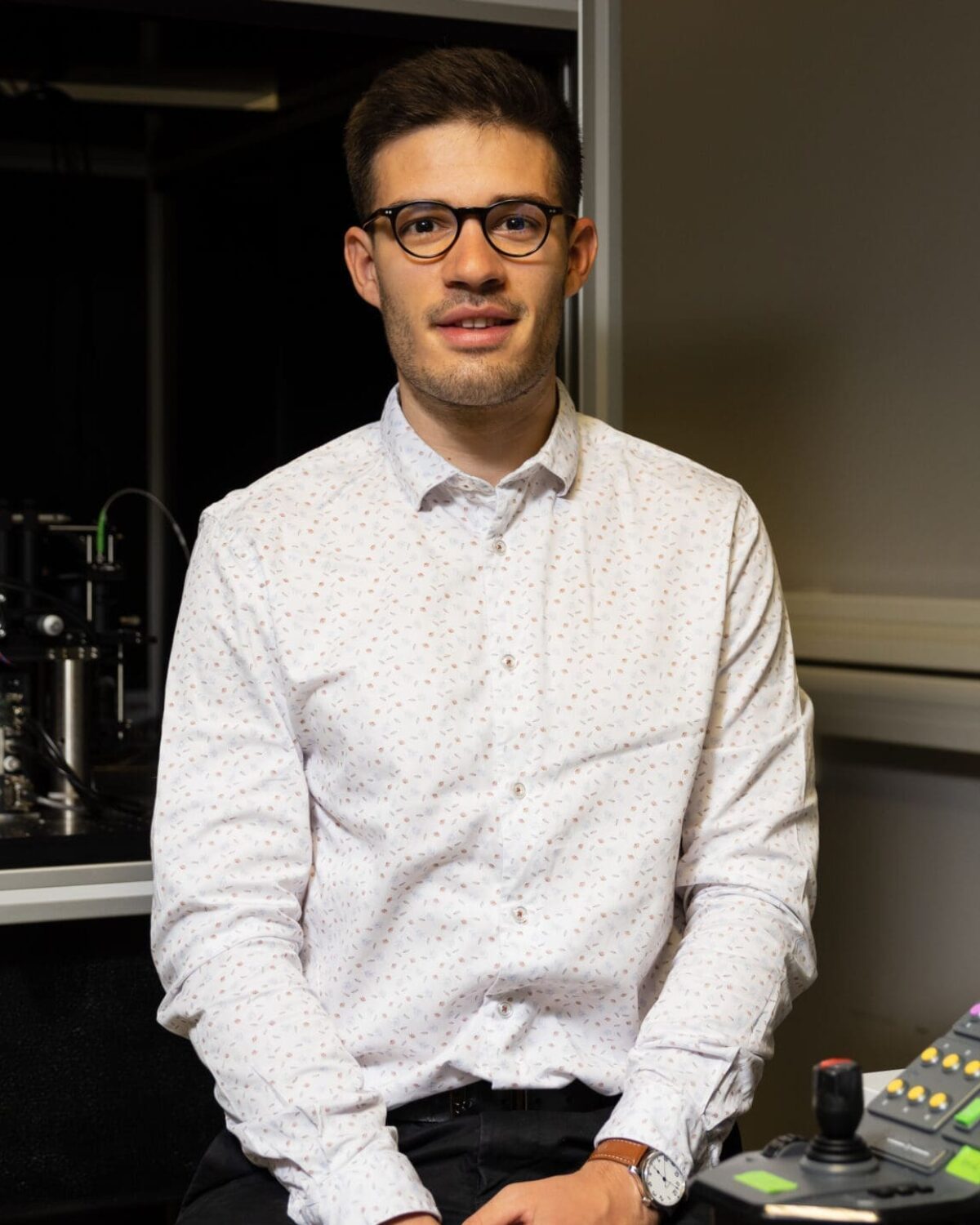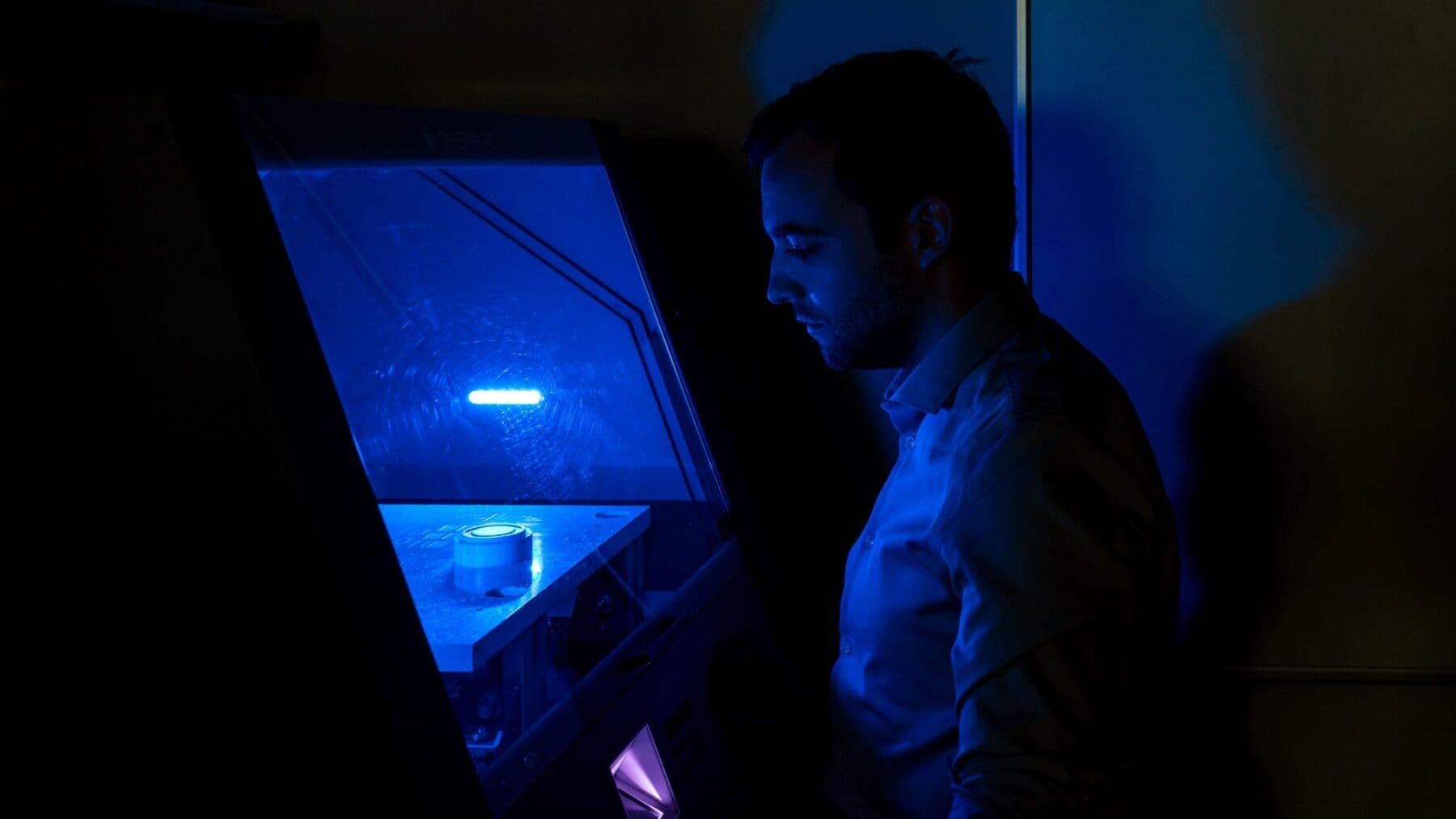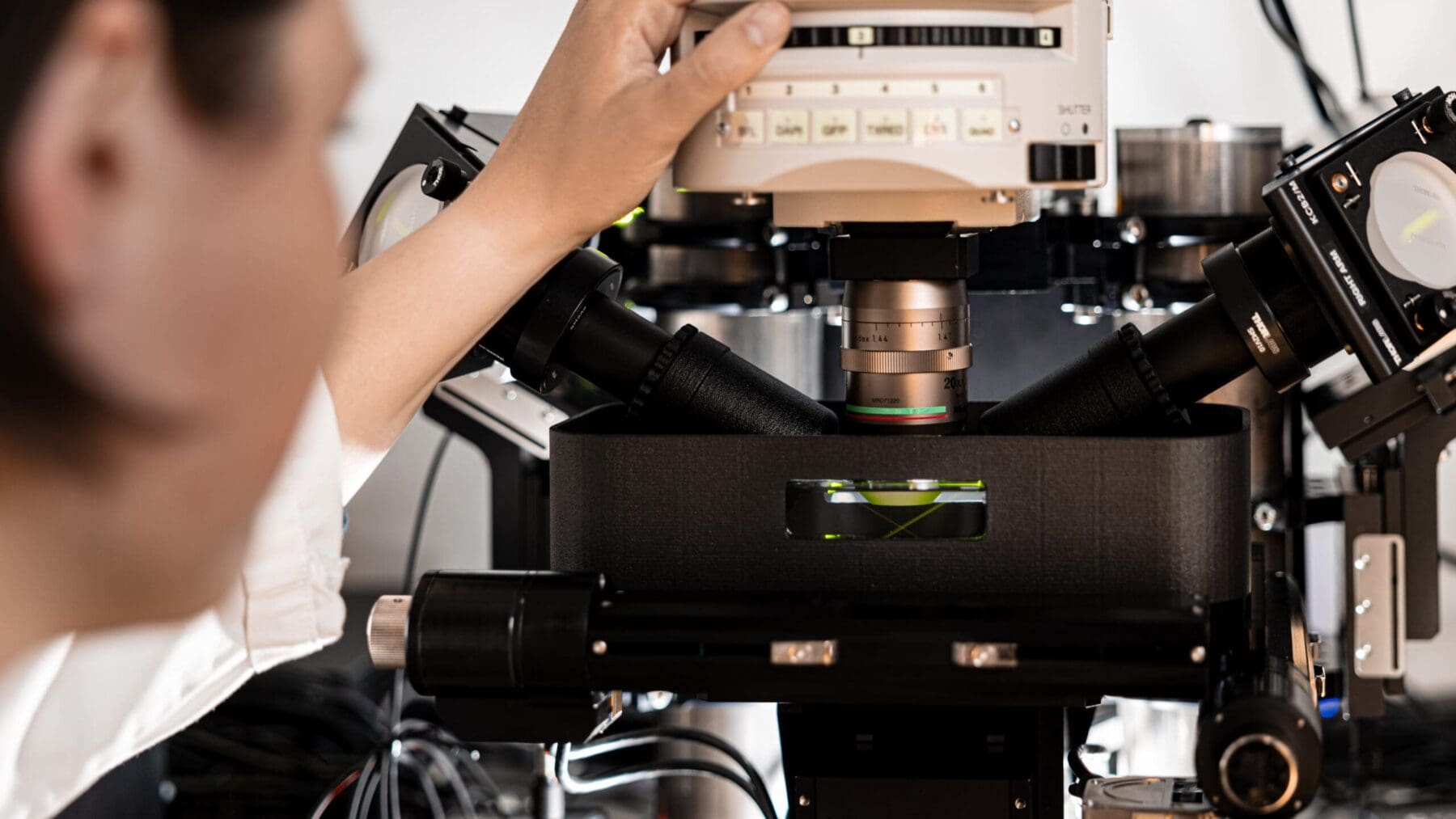NeuroGI

Exploring the gut-brain connection in the quest to solve brain disorders
Gut feeling
The digestive tract is controlled by an extensive network of neurons known as the enteric nervous system (ENS). Comprising more than half a billion neurons, the ENS controls gut motility, nutrient absorption, immune regulation, and defense, and is sometimes thought of as a miniature second brain.
Gut neurons form a wide network of cells interconnected by fibers throughout the gastrointestinal tract that directly connects to the central nervous system. Locally, this network controls:
- The movement of food along the tract (known as motility)
- Immune responses to the luminal environment
- The secretion of molecules to modulate nutrient absorption
- The dilation of vessels to adapt oxygen supply and nutrient transport
In fact, 80 to 90 percent of nerve fibers transmit physiological signals from the gut to the brain thus forming the gut-brain axis pathway. This communication is known to affect mood, appetite and memory.

Resembling the gaping jaws of a shark, this lightsheet microscopy image of gut neurons shows how the neuronal network innervates the individual finger-like villi of the mouse small intestine. Color represents depth, making 3D information understandable in 2D. Observing the morphology of both the gut tissue and the neuronal network is important in understanding disorders that not only affect gut function but also the nervous system as a whole.
Healthy gut – happy brain?
Colonies of microbes in our gut also affect our brain. These gut microbiota produce over 50 percent of the dopamine in the body and 90 percent of the serotonin – both important neurotransmitters in the brain that influence feelings of pleasure and happiness.
The increasing evidence that brain function is linked to gut health is leading scientists to explore the gut-brain connection in search of biomarkers and new treatment approaches for diseases including Parkinson’s disease, dementia and depression.
The latest data
Travel down the gut and discover a second brain! This video reveals the gut’s own nervous system. Captured with lightsheet microscopy, the images show a section of mouse colon in 3D with tissue structures (blue) and the neuronal network that surrounds the gut (pink).
3cm long mouse gut segment cleared with iDisco+ protocol. Autofluorescence at 10x magnification acquired with Clarity Optimised Lightsheet Microscopy showing colon architecture with crypts of colonic mucosa on the inside of each slice surrounded by submucosa and a ring of circular and longitudinal muscles. Data processed with Imaris software.
The unmet need
We urgently require a solution to assess the state of the ENS in vivo
The solution
Harnessing neurotechnologies to explore the frontiers of the microbiota–gut–brain axis
The interdisciplinary team from the Wyss Center is developing innovative minimally invasive micro-endoscopic technology to reveal gut and ENS function in vivo in partnership with the French National Institute of Health and Medical Research (INSERM) and the University of Strasbourg.
The miniaturized device will simultaneously evaluate the morphology, functionality and bacterial composition of the digestive system. An intraluminal endoscope will use light and electrical signals to stimulate the neurons of the ENS and record their morphology and electrical activity from within the gut.
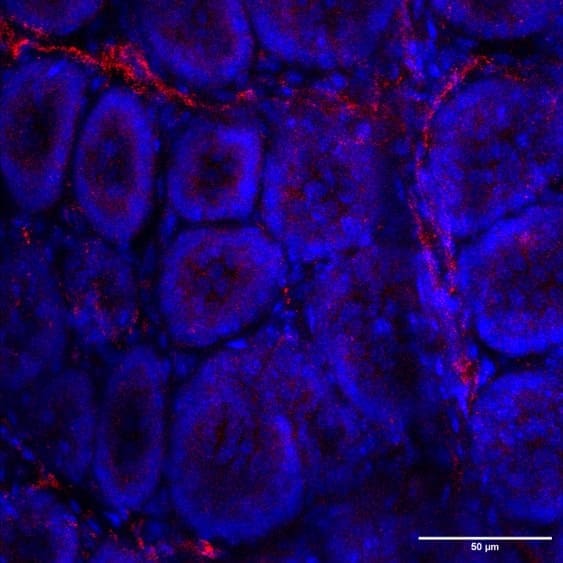
Monitoring of neurons, blood vessels and microbiota to assess how morphology and function change with disease.
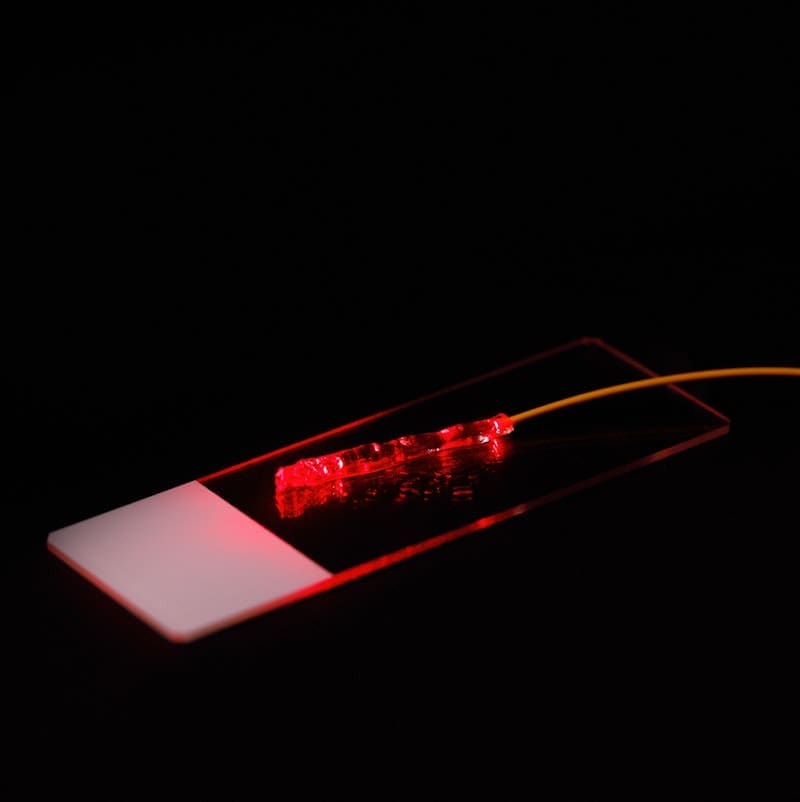
Activation and recording of the ENS response. Optogenetic activation using light to stimulate genetically modified cells in the mouse gut and electrical recording of the neuronal response with thin, flexible electrodes in vivo.
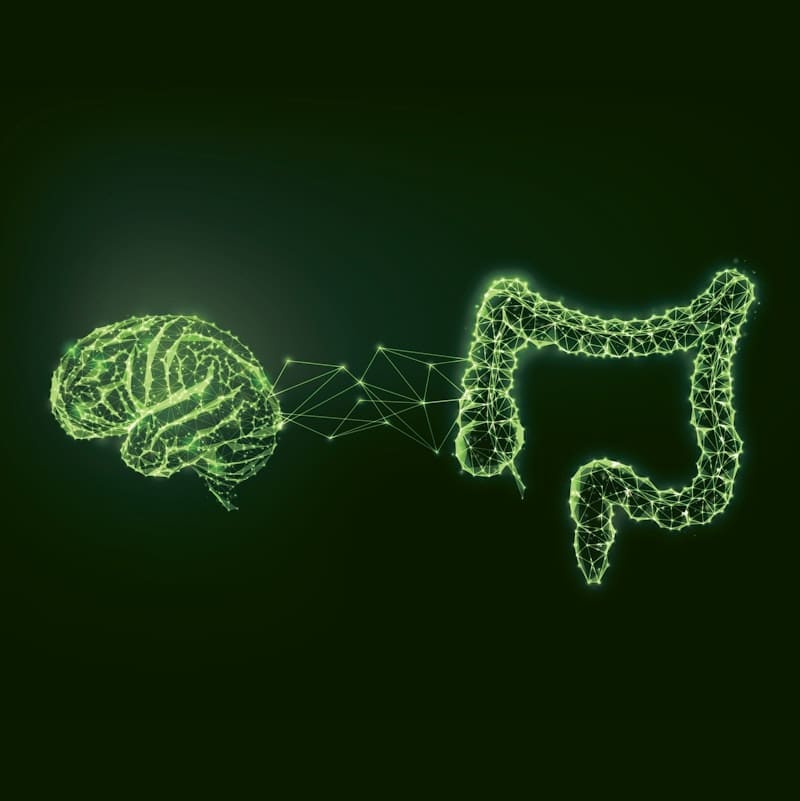
Investigation of the connection between the gut and the brain with the aim to induce a brain response through gut activation with confirmation via functional magnetic resonance imaging (fMRI).

"The use of non-invasive optical monitoring and stimulation provides a unique and powerful tool for the investigation of diseases linked to dysfunction of the microbiota-gut-brain axis and could lead to solutions for people with neurological disorders ranging from Parkinson's disease to depression."
Initially developed for pre-clinical investigation, the goal is to deploy the technology and its findings to improve patient management. Critical steps to reach the patient have been integrated into the project from the outset. These include working with tissue samples from Parkinson’s and Alzheimer’s disease patients, as well as ensuring that all materials and procedures are appropriate for translation to people.
In parallel to the development of the in vivo investigation tool, the team is leveraging the Wyss Center’s advanced imaging capabilities to collect high resolution microscopic images of large sections of intestine to better understand the morphology of gut neurons and to collect design inputs for the device.
One of the challenges in advancing the field of the gut-brain axis research is lack of knowledge about processing gut tissue samples. The team is defining a simplified protocol for handling and preparation of gut samples in both normal and disease conditions. Sharing this knowledge will enable researchers investigating neurodegenerative disorders to include information about gut status in their research.



